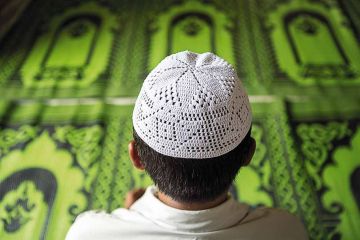Every day at 5 a.m., hundreds of people
gather in a nondescript lane behind Annapurna Studios in Hyderabad’s Krishna
Nagar. They are junior artistes waiting for casting agents to take their pick.
The chosen will have work for the day. For the rest, it is a choice between
going home and finding other employment.
Tollywood, as the Telugu film industry is called, is the second largest
in the country after Hindi. In 2011 the Censor Board’s Hyderabad office
certified 192 films. In additio





